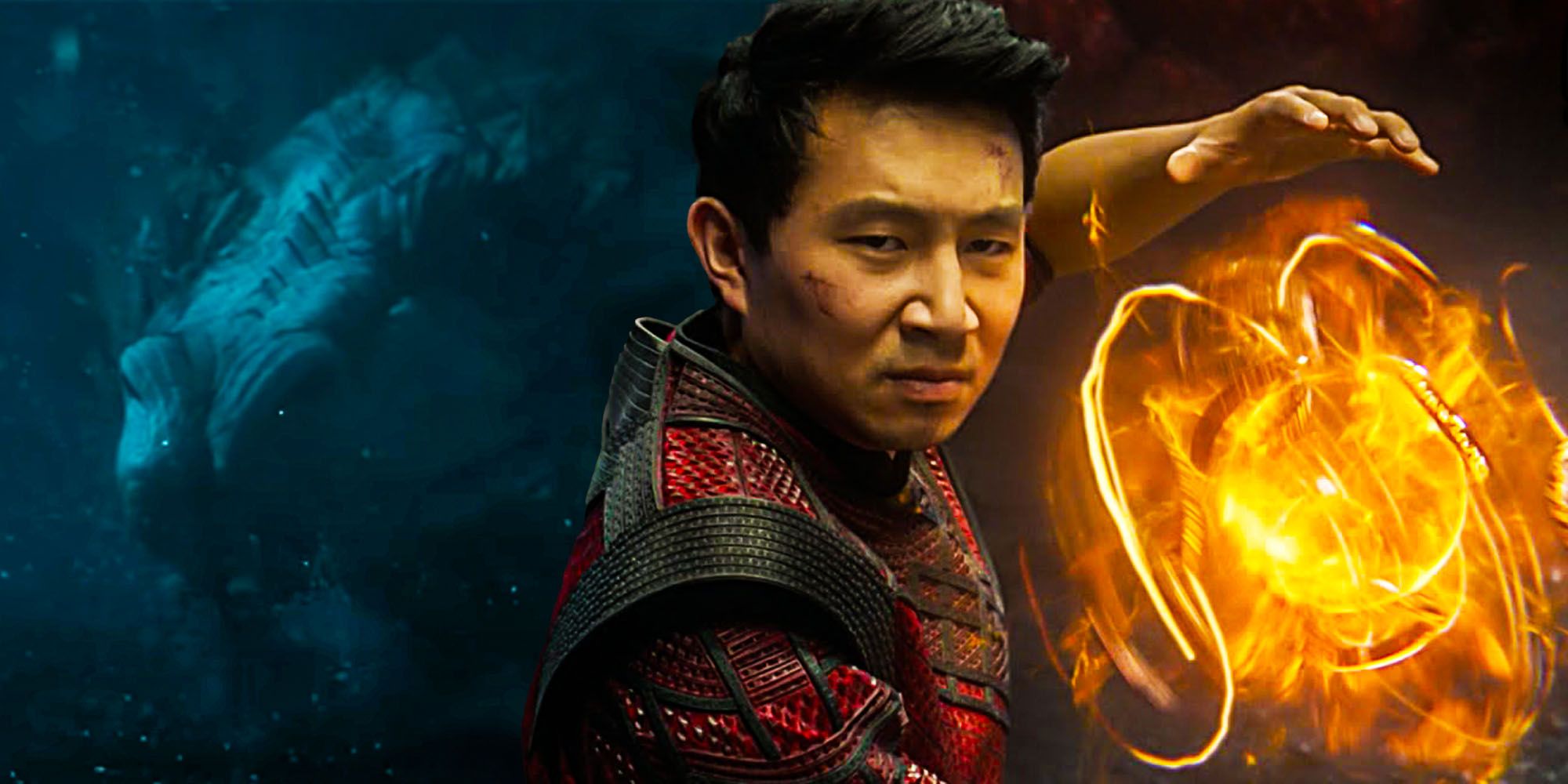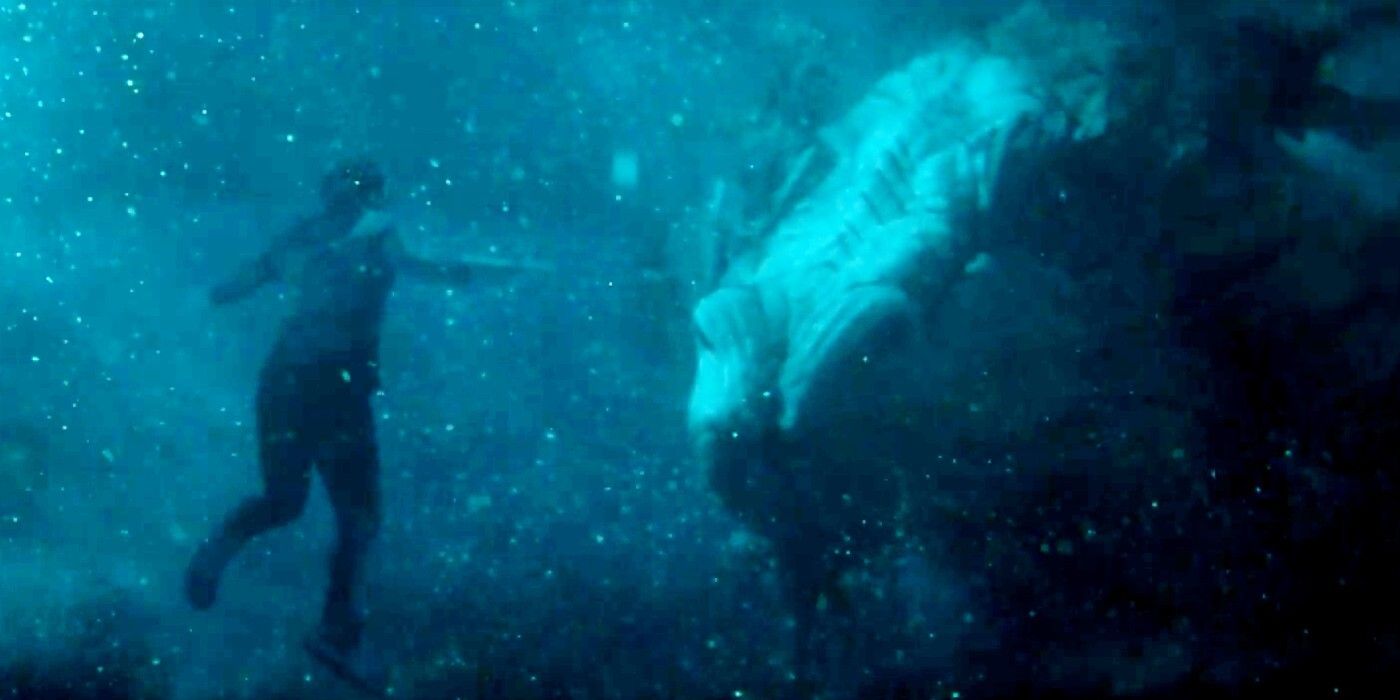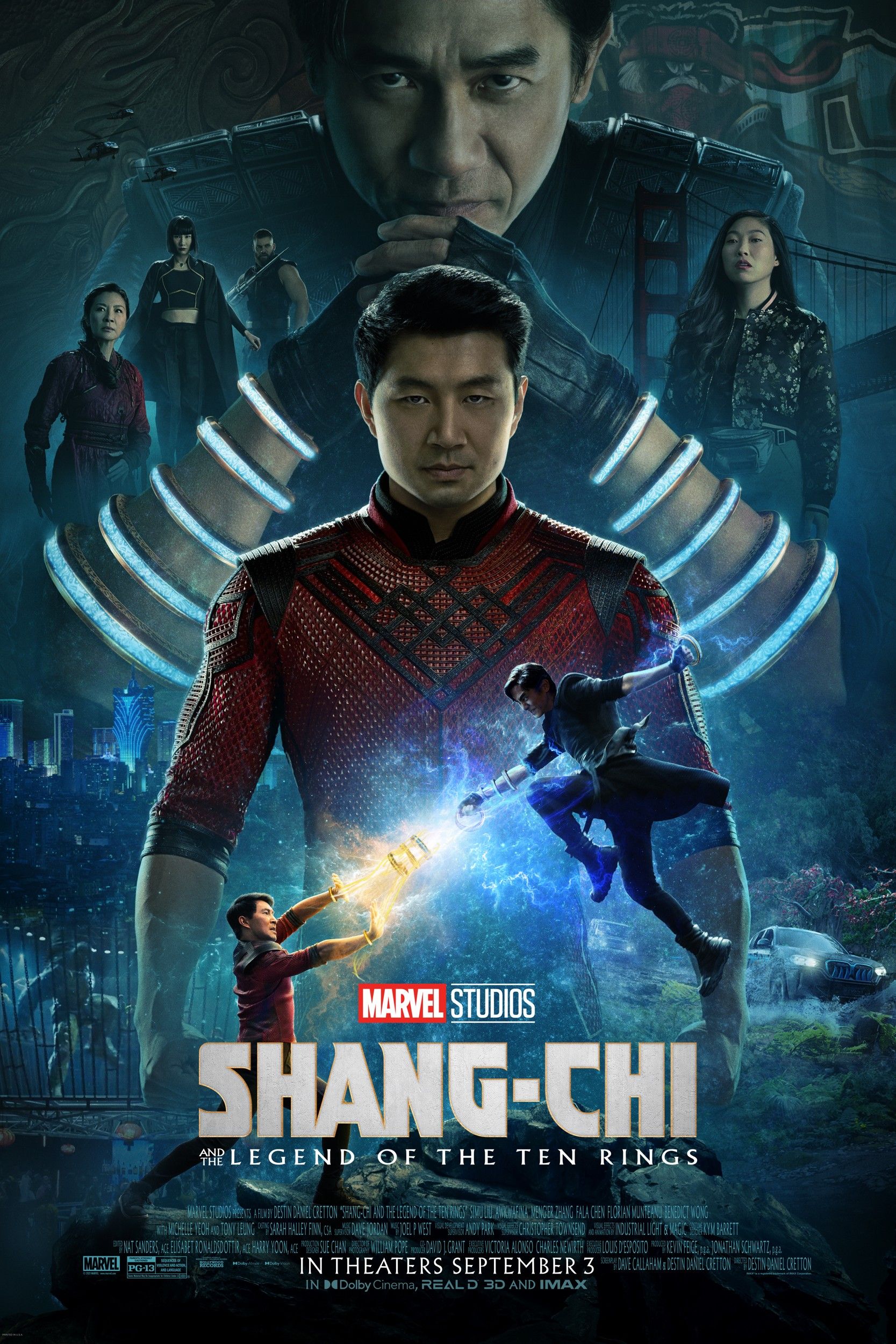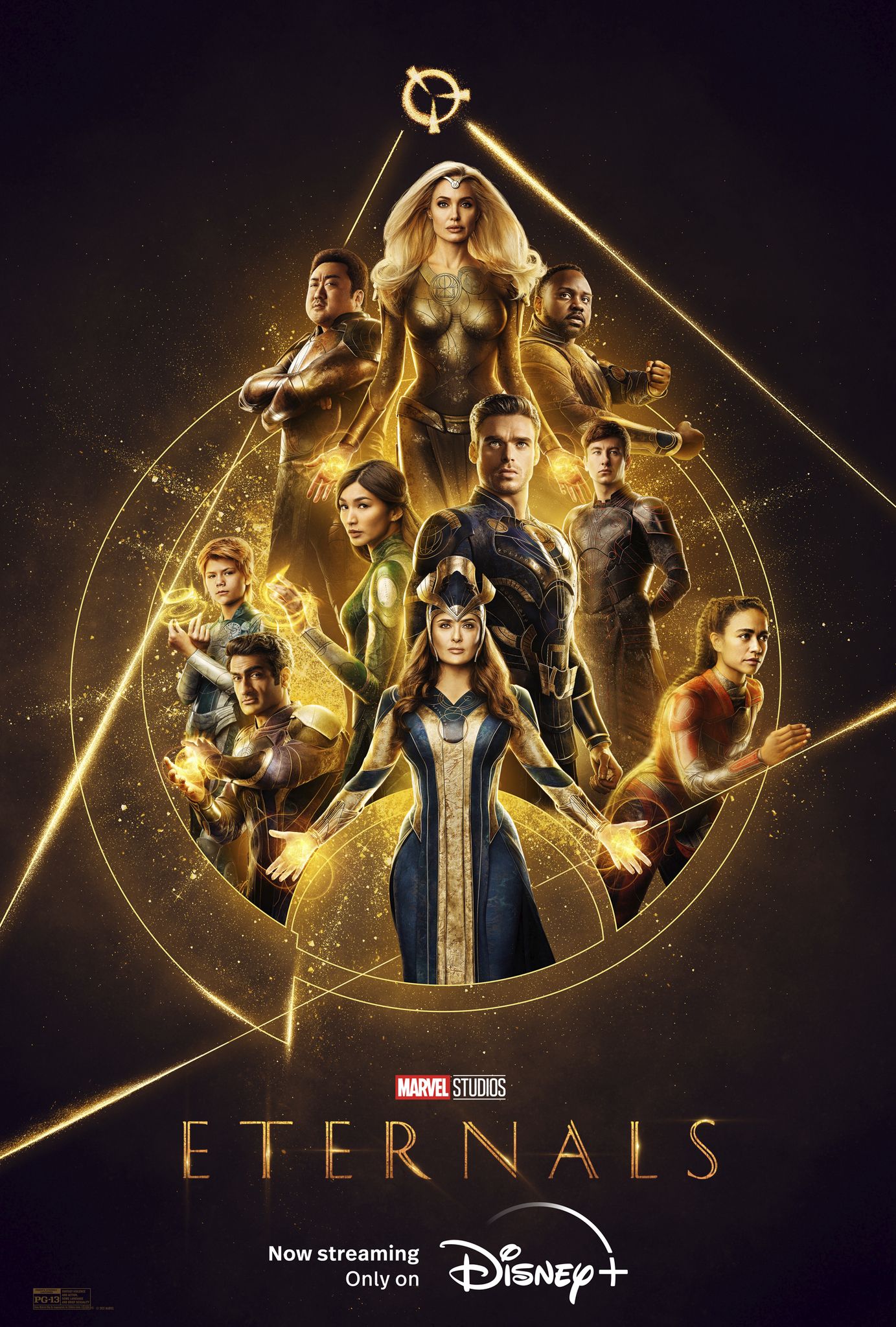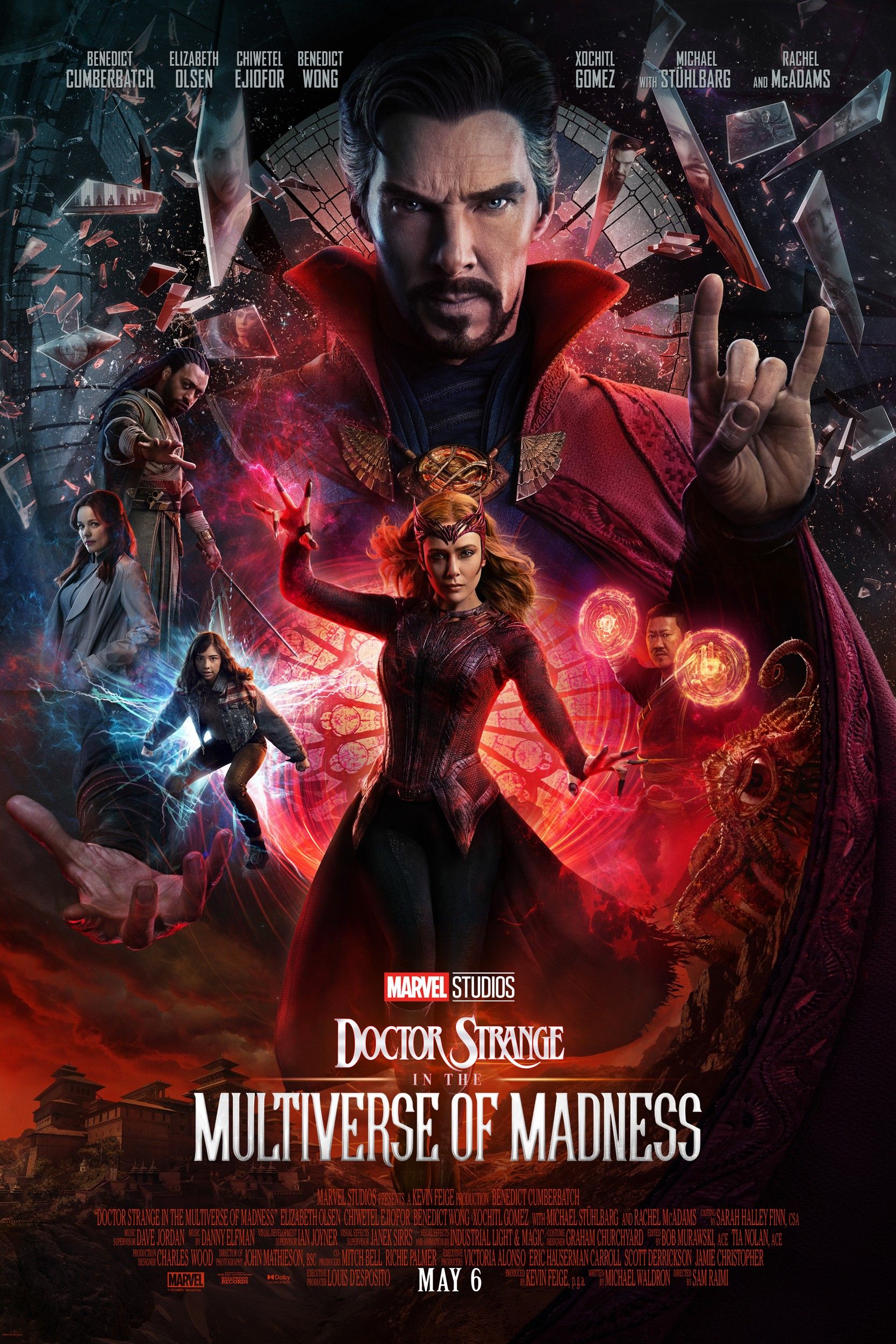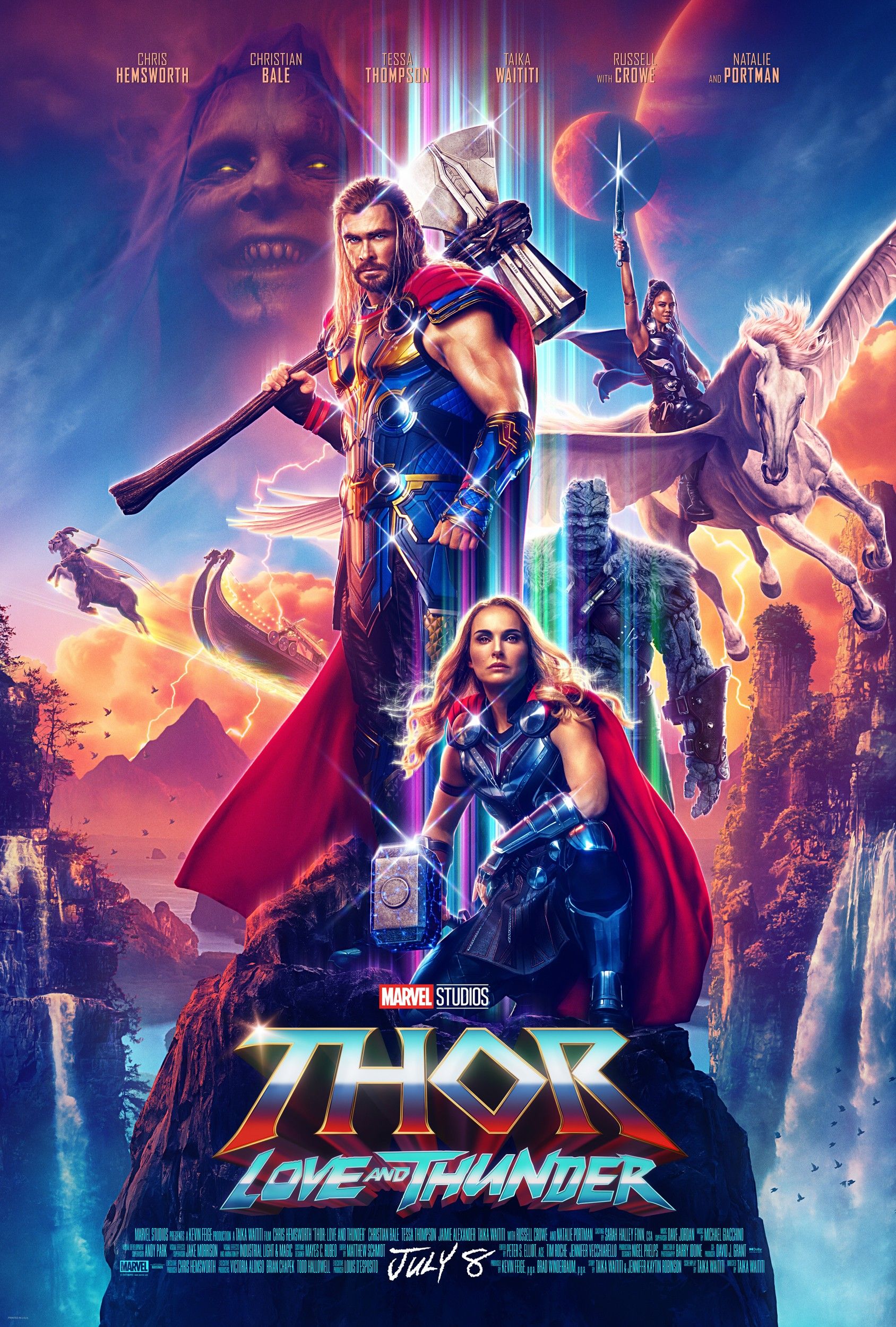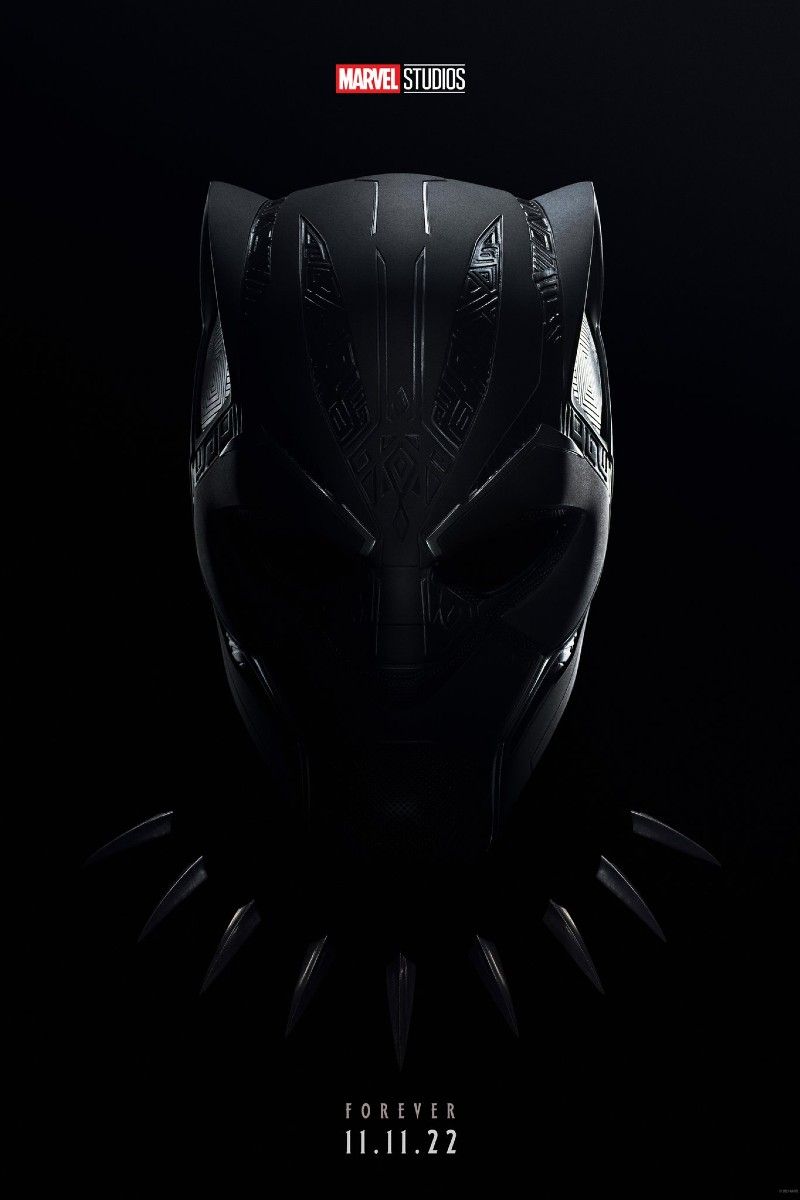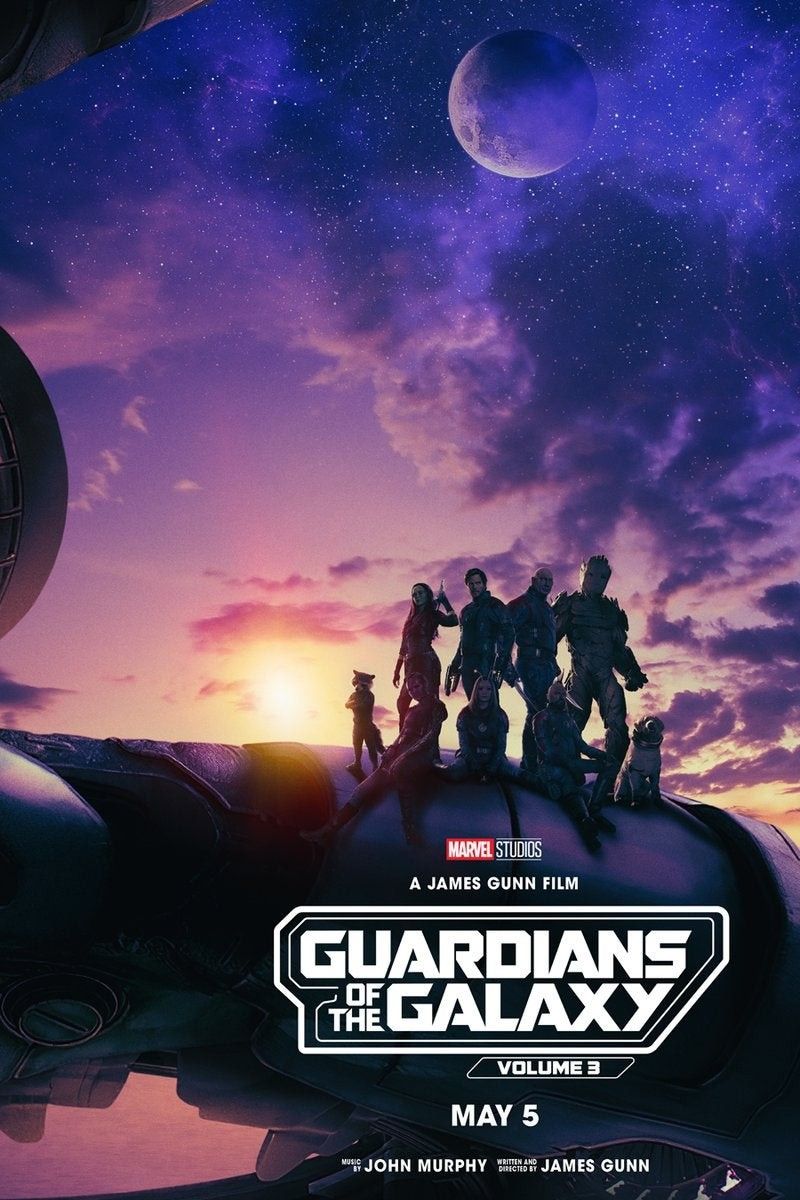Warning: The following article contains spoilers for Shang-Chi and the Legend of the Ten Rings.
Marvel has finally come to release Shang-Chi and the Legend of the Ten Rings, and the reviews are overwhelmingly positive – though they do tend to criticize a major element of all MCU movies: the heavy use of CGI and special effects. Shang-Chi is the second Phase 4 feature film to release in the MCU following July's Black Widow. It tells the story of the titular hero Shaun/Shang-Chi (Simu Liu) who is drawn back into his family's history by his father, Wenwu (Tony Leung Chiu-wai), who is searching for his wife, Shang's mother, who died years previously. Also drawn into the conflict are Xialing (Meng'er Zhang), Shang-Chi's sister, and his friend Katy (Awkwafina).
Fan excitement has been at high levels for years in anticipation of Shang-Chi, given it will take a huge step towards diversifying the MCU and the heroes at its forefront, as well as bringing a kung-fu-led flick to its ranks. Liu has a history as a stuntman himself, and Leung also has a long history with martial arts films in Hong Kong cinema; martial arts legend Michelle Yeoh also has a role in the movie as Ying Nan. The film has especially been praised for its fight scenes and choreography.
One area in which critics have been more reserved with their praise is with the CGI and visual effects in Shang-Chi. As a Marvel movie that features the clash of a multitude of characters using colorful powers alongside creatures large and small, the movie relies heavily on computer graphics to tell its story, and their reception by those who have seen the movie has not quite been quite so glowing.
MCU movies are frequently criticized for over-reliance on CGI, with the most recent example being Black Widow – the third act relies heavily on visual effects and takes away from the intimate family relations that are the movie's strength. Shang-Chi has a similar issue, with a finale that relies too heavily on scenes and characters created entirely out of CGI in a conflict that serves only to heighten the tension of the main story. As spotted in the trailer, the dragon that protects Ta-Lo is a computer-generated creature on a scale even larger than The Avengers' Chitauri leviathans. Detail can be lost in the final confrontation with the dragon's evil counterpart – and this battle is resolved in the aftermath of the main conflict between Shang-Chi and his father Wenwu.
It may be that it's not necessarily the CGI itself that is landing poorly with critics, but the overreliance on visual effects, which draws attention away from the central storyline – a common criticism of Marvel Studios productions. Despite this, though, Shang-Chi and the Legend of the Ten Rings still tells a heartfelt story of family and showcases incredible martial arts action, introducing compelling characters and powers into the MCU that will be loved by fans regardless of this perceived overreliance.

